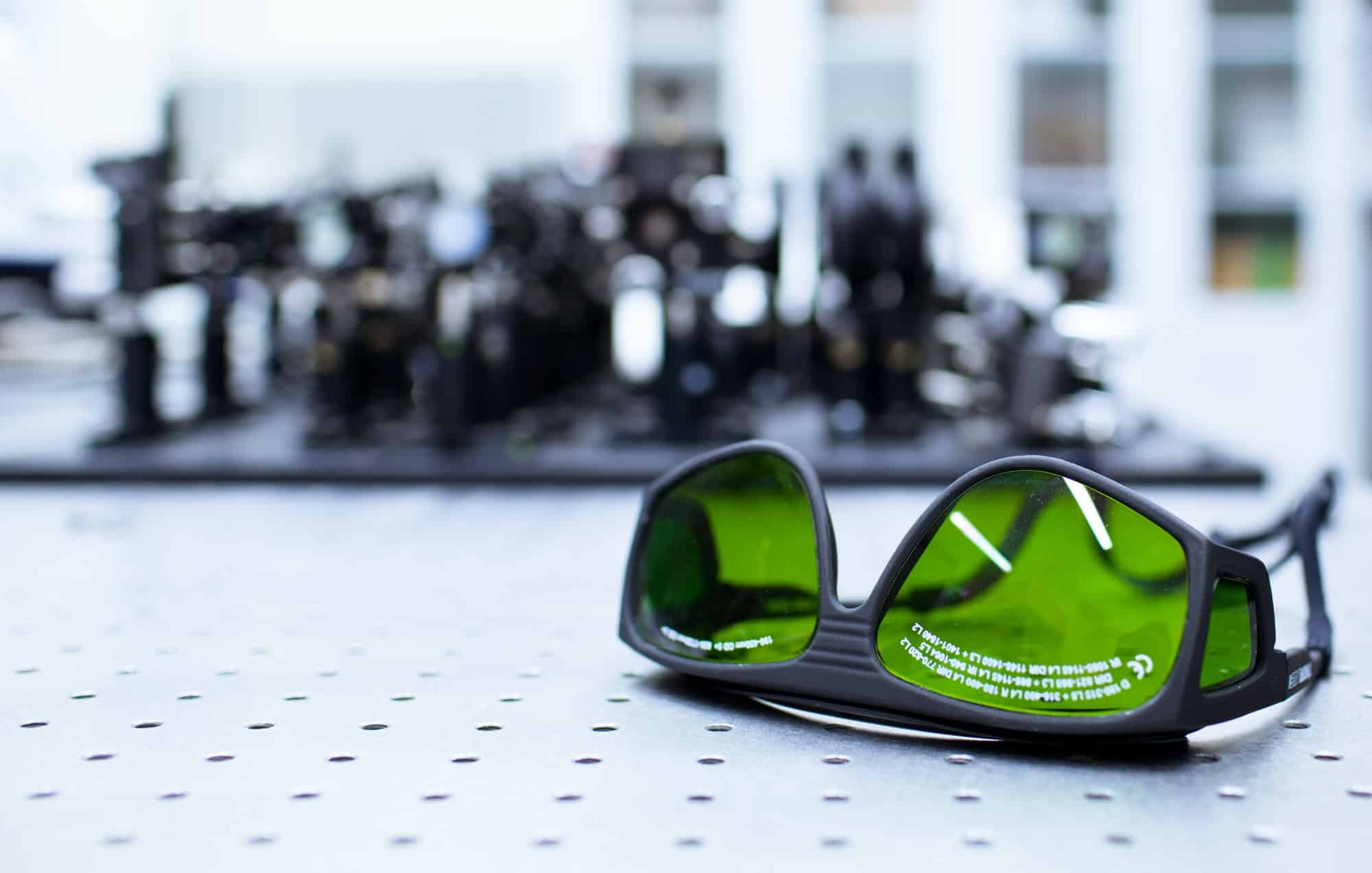Can Quantum Sensors Improve Navigation Systems in Dense Urban Areas?

Quantum Sensors: A Quick Overview
Quantum sensors work on a fundamental principle of quantum physics that pairs two particles to create a unique quantum state. This method allows for remarkable accuracy in measuring various physical quantities such as time, position, and even gravitational waves.
While quantum surveillance in the academic and scientific community has been a topic of discussion for some time, the transition into civil applications has started to garner attention. Specifically, the role of quantum sensors in navigating dense urban environments is an area of interest. Can these sensors improve navigation systems, particularly when Global Navigation Satellite Systems (GNSS), the backbone of many navigation systems, may struggle to provide accurate position data?
Lire également : Interpreting data collected by your chatbot
GNSS Limitations in Urban Areas
Before examining the potential role of quantum sensors in improving navigation systems, it’s important to understand why current navigation systems struggle in dense urban environments. These areas are known for their so-called "urban canyons" – streets flanked by high-rise buildings that block or distort GNSS signals. This interference can lead to inaccurate position data, affecting everything from vehicle navigations to pedestrian-based applications.
The GNSS signals that make it through these urban canyons often get reflected off various surfaces, causing a phenomenon known as multipath interference. Multipath interference can cause the GNSS receiver to calculate an incorrect position due to the delayed arrival time of the reflected signals. The result is often a navigation system that provides inaccurate or inconsistent data, which can be particularly problematic for certain applications, such as autonomous vehicles or emergency services.
A lire aussi : What’s the Impact of Digital Therapeutics on UK Mental Health Care?
Quantum Sensors in Navigation Systems
Quantum sensors could potentially overcome the limitations of GNSS in urban environments, ensuring a more accurate and consistent navigation experience. Quantum sensors can measure position and velocity independently of any external signals, which means they are not susceptible to the same environmental interference.
A quantum accelerometer, for example, can measure a vehicle’s speed and direction without needing to receive any external signal. It does this by using matter-wave interferometry, where a cloud of ultra-cold atoms is split into two separate paths and then recombined. The resulting interference pattern provides a highly accurate measurement of the vehicle’s acceleration – which can then be integrated over time to give a measure of velocity and position.
This freedom from external signals makes quantum sensors a highly promising technology for navigation systems, especially in areas where GNSS signals are unreliable or non-existent.
Engineering Challenges and Applications
While the potential of quantum sensors in navigation systems is clear, there are several engineering challenges that need to be overcome before this technology can be widely adopted. The biggest challenge is size: current quantum sensors are too large for most practical applications. However, with continued research and technological advancements, scholars believe that miniaturized, portable quantum sensors will be a reality in the near future.
Once these engineering challenges are overcome, the applications of quantum sensors in navigation systems are virtually limitless. They could be used to improve the accuracy of vehicle navigation systems, particularly autonomous vehicles that rely heavily on accurate position data.
In addition, quantum sensors could greatly improve the accuracy of pedestrian navigation applications, making it easier for people to navigate unfamiliar urban environments. They could also be used in drone navigation, ensuring more accurate and reliable drone deliveries in urban areas.
Creating a Quantum Future
The potential of quantum sensors in improving navigation systems, particularly in dense urban areas, is immense. From overcoming the limitations of GNSS to providing highly accurate position data, quantum sensors could revolutionize the way we navigate our cities.
While there are still engineering challenges to be faced, the progress being made in quantum sensor technology is promising. As scholars continue to explore and develop this technology, it’s only a matter of time before quantum sensors become an integral part of our navigation systems.
In the meantime, it’s important for us to continue to explore and understand the potential of this technology. As quantum sensors continue to evolve, so too will our understanding of their potential applications and benefits. Whether it’s improving the accuracy of autonomous vehicles, aiding emergency services, or simply making it easier to navigate our cities, the future of quantum sensors in navigation systems looks bright.
Remember, the future of navigation is not in the stars, but in the quantum world.
Big Data and Quantum Sensors
As the world continues to urbanize, the demand for precise and reliable navigation systems in urban environments is rapidly increasing. Cities are becoming denser, making the need for accurate horizontal position data more critical for a variety of applications, from autonomous vehicles to emergency services. The limitations of the current GNSS-based navigation systems have become glaringly apparent, with issues such as multipath interference and signal obstruction becoming more prevalent.
Enter quantum sensors. Emerging from the realm of quantum technology, these sensors hold the potential to transform navigation systems and overcome the limitations of GNSS. While still a relatively new field, quantum sensing has garnered significant attention from the academic and scientific community, with resources such as Google Scholar brimming with research on the potential of this technology.
Quantum sensors operate on a unique quantum state, created by pairing two particles. This unique state allows the sensors to measure various physical quantities such as time, position, and even gravitational waves with remarkable accuracy. Unlike GNSS-based systems, quantum sensors are not dependent on satellite signals, thus they are unaffected by environmental interference. This makes them particularly well suited for navigation in dense urban environments, where GNSS signals often struggle.
A key aspect of quantum sensors is their ability to generate a large amount of data in real time. This data can be used to improve the accuracy and reliability of navigation systems, making them more suited for use in complex urban environments. Quantum sensors can measure position and velocity independently of any external signals, which means they are not susceptible to the same environmental interference, greatly improving the navigation system’s reliability and accuracy.
Looking Ahead: Quantum Sensors and Civil Engineering
While the potential of quantum sensors is exciting, it’s crucial to understand that this technology is still in its infancy. Current quantum sensors are too large for most practical applications, and there are several engineering challenges that need to be addressed before this technology can be widely adopted.
However, the scholarly community, including the University of Birmingham and other leading institutions, are hard at work addressing these challenges. From miniaturization to integration with existing systems, researchers are making promising strides in the development of quantum sensor technology.
In the field of civil engineering, quantum sensors could revolutionize the way we design and navigate our urban environments. They could improve the accuracy of autonomous vehicles, aid in emergency services, and even transform drone navigation. Furthermore, gravity sensors, a subset of quantum sensors, could be utilized in inertial navigation systems, providing an additional layer of precision to navigation systems in urban areas.
Conclusion: Embracing the Quantum Future
The implications of quantum sensors for navigation systems, particularly in dense urban areas, are profound. They offer a potential solution to the challenges posed by urban environments to GNSS, and hold the promise of vastly improving the accuracy and reliability of navigation systems.
While there are still significant challenges to overcome, the rapid advancements in quantum technology are promising. With continued research and development, it seems likely that quantum sensors will become a critical component of future navigation systems. As we continue to urbanize, the importance of these advancements cannot be overstated.
As we look to the future, it’s clear that quantum sensors have the potential to play a pivotal role in shaping our cities and transforming the way we navigate them. So, let’s look forward to a future where navigation is not dependent on the stars, but on the quantum world. A future where the data generated by these sensors will help us navigate our urban environments with unprecedented accuracy.
Remember, the future of navigation lies in the quantum world, not in the stars. Let’s embrace it.
